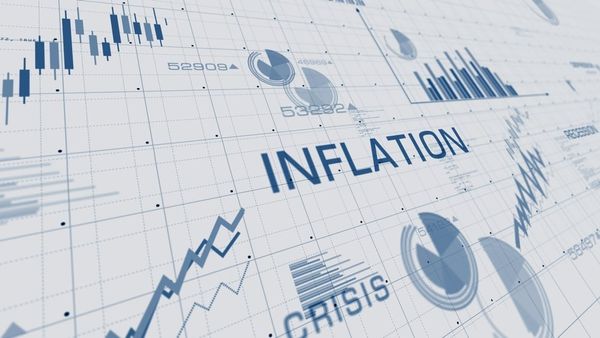
The hisses, pings and screeches that introduced millions of Americans to the nascent online world are to be formally retired when AOL’s dial-up internet shuts down in late September.
AOL, or America Online, said recently it was discontinuing the old school connection option after an evaluation of its products and services and that it would no longer support dial-up software starting 30 September.
The date portends the end of an era for millions of Americans of a certain age: millennials, gen Xers, boomers and those of the greatest generation. The characteristic sound of modems conducting an analog handshake to establish a connection was a preliminary soundtrack to a new world of instant connection, wires, handheld computer mice, emails, chatrooms, instant messages and glowing screens.
The dial-up internet wasn’t invented by a single person. It was developed by Usenet in the late 1970s.
In 1979, CompuServe began “offering a dial-up online information service to consumers”.
By the mid 1980s, with the Well, or the Whole Earth ‘Lectronic Link, launched in the Bay Area by Stewart Brand and Larry Brilliant, virtual communities began to form. At the same time, in 1985, America Online was founded.
At its peak in the late 1990s and early 2000s, AOL had over 23 million subscribers in the US, making it the dominant internet service provider at the time. According to Jigso AI, it was estimated to have gained a new user every six seconds.
America Online became so dominant – with its equally characteristic but more cheery “You’ve got mail” message – that in 1999 it acquired Time Warner in a massive $165bn all-stock deal that later became regarded as one of the most disastrous deals in media and communications history.
By then, the introduction of faster cable internet service in 1995 that relied on existing cable TV infrastructure made the characteristic handshake of dial-up begin to disappear.
Currently, only a small fraction of US households – about 175,000 – still rely on dial-up for internet access and web browser platforms. Web browsers themselves could be becoming a relic of the 1990s, when they were subject to fierce wars between Microsoft and Netscape, with the advent of apps. App-based AI has also started to encroach on browsers’ territory.
The growth of dial-up internet – sometimes attributed in part to demand for pornography – and its subsequent decline to faster internet services, may now be mourned in concert with other pop cultural relics of decades past, including CDs, pagers and landlines.







